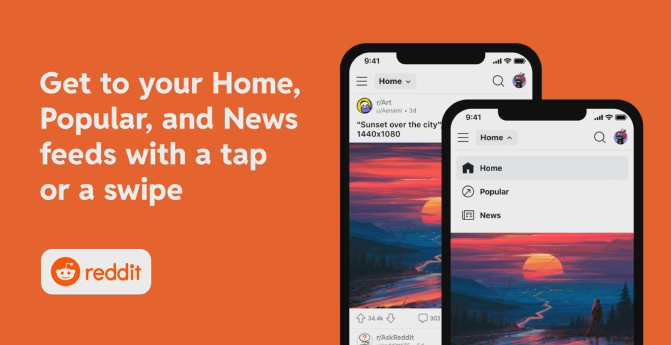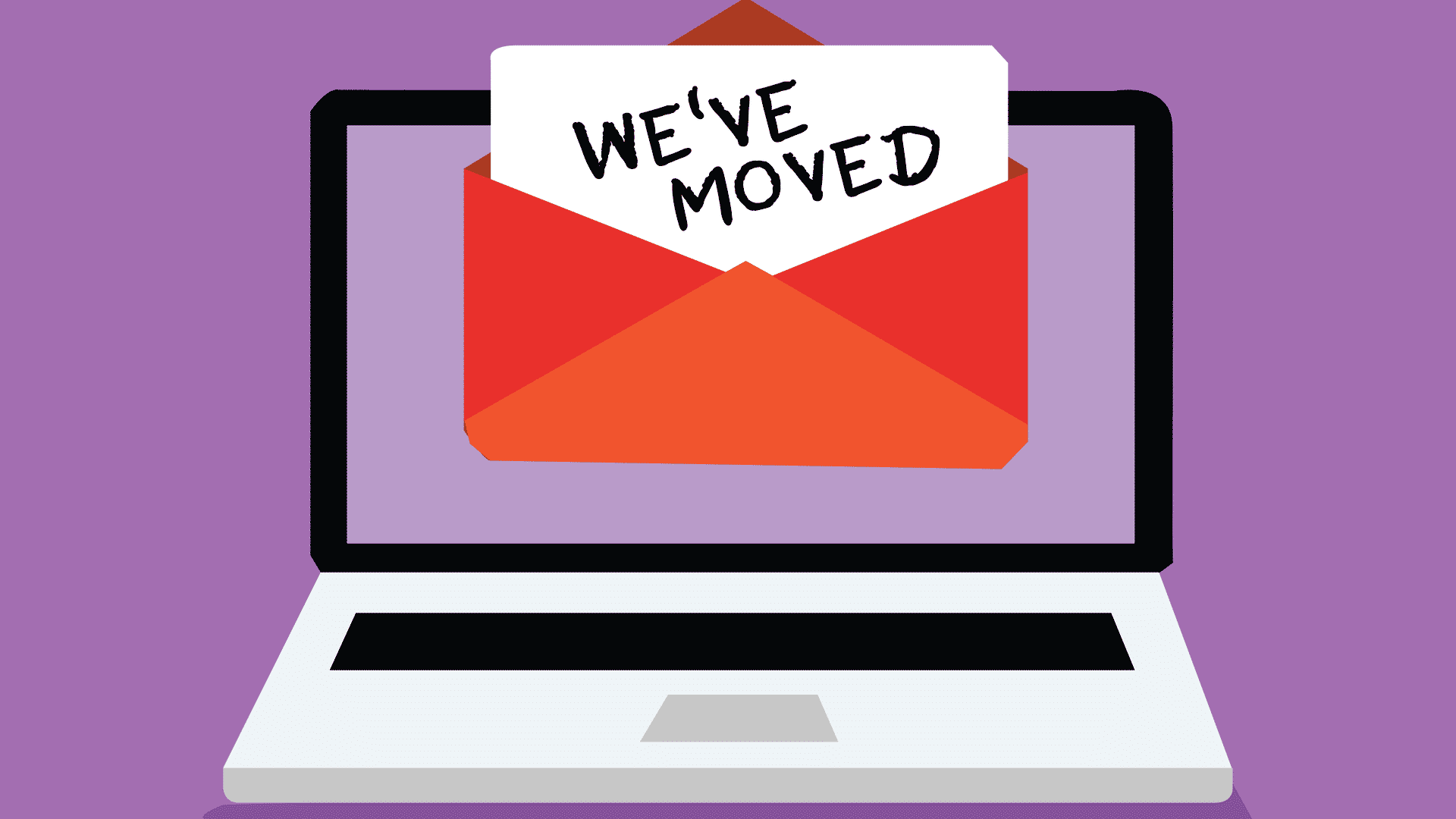SEO
Switching from Google Analytics—here’s what you need to know

Google has dominated the data analytics marketplace for so long that it might feel daunting to switch. You may have reservations about an alternate platform because you have been conditioned to think there is no other tool that can live up to Universal Analytics.
We are here to reassure marketers that is not the case—switching has never been easier. Especially since Google recently announced they would be sunsetting their Universal Analytics platform.
If you made it here, you are likely to have already done your research on the pitfalls and limitations of Universal Analytics’ successor, Google Analytics 4. If not, it is worth reading ‘Google Analytics 4: drawbacks and limitations—is it worth sticking around?’.
Chances are, you have taken notice of the laundry list of issues with Google Analytics 4 and are considering jumping ship. This could be because of data quality or limitations, a lack of privacy-friendly features, or transparency in handling data.
As a marketer or analyst, you need to make an informed decision and choose the platform whose feature sets fit your organization’s needs to process user-level data while building trust with visitors. This article will help relieve some of the cognitive dissonances you may be experiencing. Let’s get into it:
Which is better, a free plan or a paid one?
It all comes down to the compromises and limitations you can accept depending on your project. Here are some key differences:
Free plan
Free web analytics platforms always have constraints—whether it is reduced performance, lack of solid privacy features, or sampled data. Nevertheless, a free web analytics platform can help you run your projects successfully.
Certain platforms ensure an easy upgrade from free to paid and more advanced versions. They also let you keep the setup, data, tags, etc., so you do not have to start collecting data from scratch. Others just eliminate the limitations and lift the price.
Paid alternatives
Paid alternatives overcome the limits of their free forerunners and grant more options for data collection and analysis. This includes the performance of the analytics platform, data protection, and extensive customer support.
For many organizations, the standard data safeguards of public clouds are sufficient. However, those operating in jurisdictions with strict data privacy regulations or highly regulated industries, like finance or healthcare, might require a private cloud or on-premises hosting. This is when having a paid plan would be necessary.
Piwik PRO offers both a free and paid plan so different kinds of organizations can get the service tailored to their needs.
Which is better, public, private cloud, or a self-host cloud?
Storing data on in-house servers used to be the gold standard for executing analytics safely and securely. Though, cloud-based analytics platforms have been steadily gaining market share.
Here is how they differ:
Public cloud
Public cloud is the most widely used model on the market. Storage space is shared between all the organizations that lease the environment from the same company. Public clouds are recommended for small and medium-sized organizations since they are more cost-efficient and quicker to deploy than the other options.
A drawback of public clouds is storing data on the external provider’s servers. The responsibility for data security rests with the provider. While this may be convenient, it limits how you can protect your data.
Some companies need to comply with strict internal data protocols or data residency regulations. With Piwik PRO, marketers can choose between four cloud hosting options— Germany, the Netherlands, the U.S., and Singapore.
Private cloud
Another type of deployment is through a private cloud. This model is often called “company cloud” or “organization cloud” because it is built exclusively for one organization. Companies that want to, or must separate their data from other cloud users who choose private cloud. This gives them the convenience of using the a public cloud with better data security.
A downside of a private cloud is the cost is significantly higher than a public because it requires the building of new infrastructure. Additionally, the installation time for private cloud is typically longer than with public cloud. For example, with Piwik PRO, the technical onboarding for private cloud clients takes about two weeks.
On-premises (self-hosted)
In an on-premises model, the infrastructure is built and managed by the company or organization, with employees having physical access to all resources. The company stores the data on its own servers or servers that they rent or lease from third parties.
Storing data in a chosen location and having full physical access to the infrastructure allows companies to process personal data securely. However, the costs related to the on-premises solution are significant and building and running your own data center is a long and complicated process.
Myths vs. Facts about switching analytics platforms
Despite the advancements of alternative platforms, some organizations are hesitant to make the move away from Google Analytics. To help dispel common fears and bring awareness to other platforms, here are the common misconceptions about switching:
I’ll lose historical data
This is a fact, but not for long. Some alternatives have developed data importers in the wake of Universal Analytics being deprecated.
Alternatives are not integrated with Google
This is a myth. Alternatives are designed to work seamlessly with other Google solutions and partner products.
I miss some reporting capabilities
This is false. Each alternative has unique reporting capabilities, and some are very flexible, allowing for more transformations and data exports than Universal Analytics.
It is easier to run advertising campaigns with Universal Analytics
This is true. There is deep integration with Google Analytics and Google Ads/Google Marketing Platform, which gives access to an extensive repertoire of data.
I’ll lose my rank in Google Search
This is a myth. Alternatives’ customers do not report a lower rank in Google Search. Make sure your site is fast, mobile-friendly, popular (links), and with complete metadata.
Where should you go from here?
As the importance of compliance with regulations is growing, marketers should consider analytics platforms that offer a full set of privacy features.
Our intention with Piwik PRO Analytics Suite has always been to give clients powerful analytics capabilities along with key privacy and security features.
While we cannot tell you exactly what platform is right for your organization, we can help with your research.
If you’d like to learn more about Google Analytics alternatives or get more information on the Piwik PRO Analytics Suite, visit piwik.pro.






You must be logged in to post a comment Login